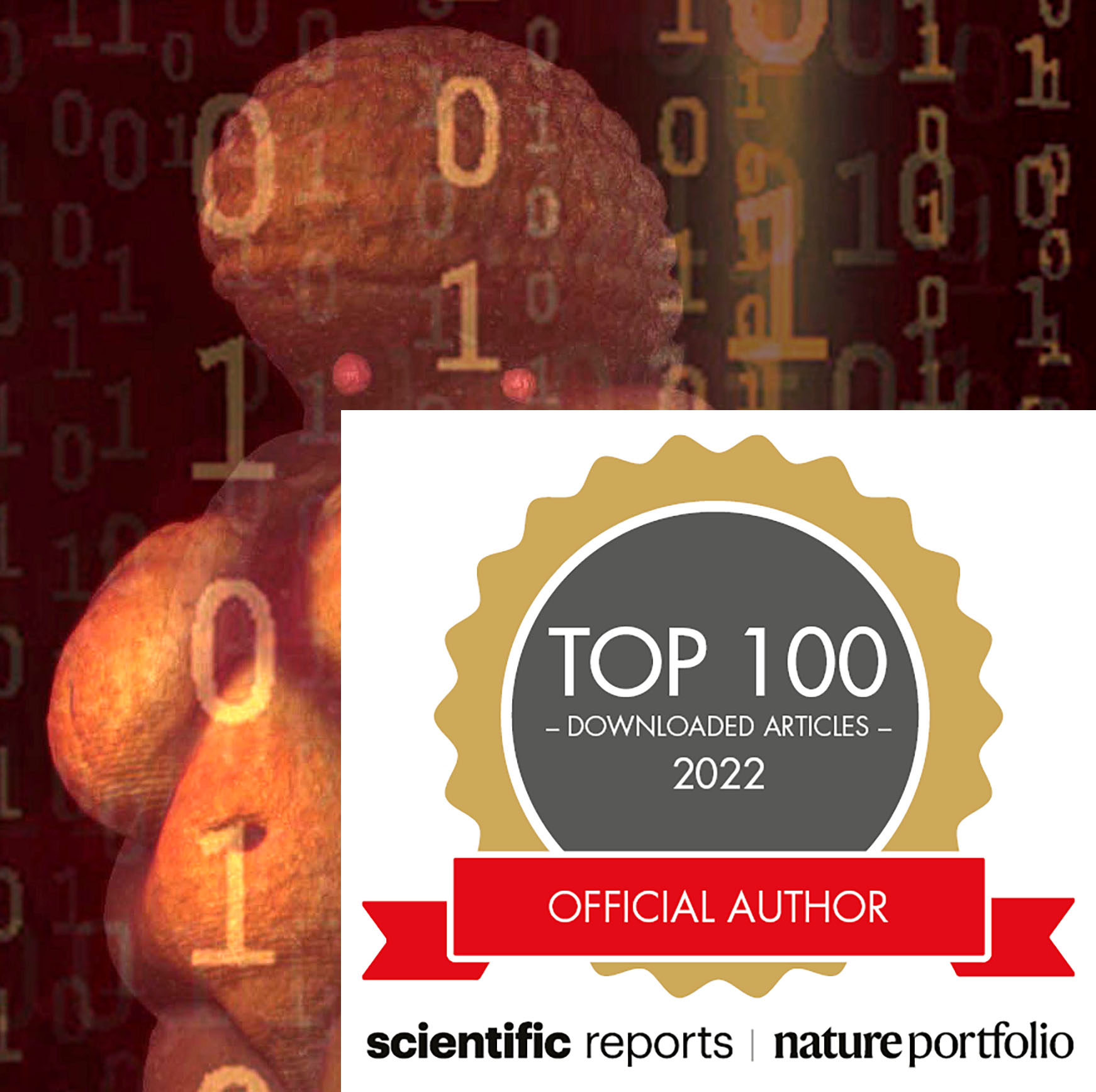HEAS Head Gerhard Weber’s article on ‚The microstructure and the origin of the Venus from Willendorf‘ is in the Top 100 Scientific Reports papers published in 2022.
More On Article
- "Archäologie am Berg". Public Weekend of Archaeology in Hallstatt in September.
- 2023 CALL FOR NOMINATIONS - The Rohlf Medal
- 20th anniversary of the Laboratory for scanning electron microscopy at the Vienna Institute for Archaeological Science (VIAS), University Vienna, 14.11.2024, 15:00
- 3D visualization of bioerosion in archaeological bone
- A comparative archaeometric study of Late Bronze Age Black Lustrous and Red Lustrous Wheel-made wares from the Eastern Mediterranean

Gerhard Weber’s article on ‚The microstructure and the origin of the Venus from Willendorf ‚ is in the Top 100 Scientific Reports papers published in 2022.
The almost 11 cm high figurine from Willendorf is one of the most important examples of early art in Europe. It is made of a rock called „oolite“ which is not found in or around Willendorf. A research team led by the anthropologist Gerhard Weber from the University of Vienna and the two geologists Alexander Lukeneder and Mathias Harzhauser as well as the prehistorian Walpurga Antl-Weiser from the Natural History Museum Vienna have now found out with the help of high-resolution tomographic images that the material from which the Venus was carved likely comes from northern Italy. This sheds new light on the remarkable mobility of the first modern humans south and north of the Alps.